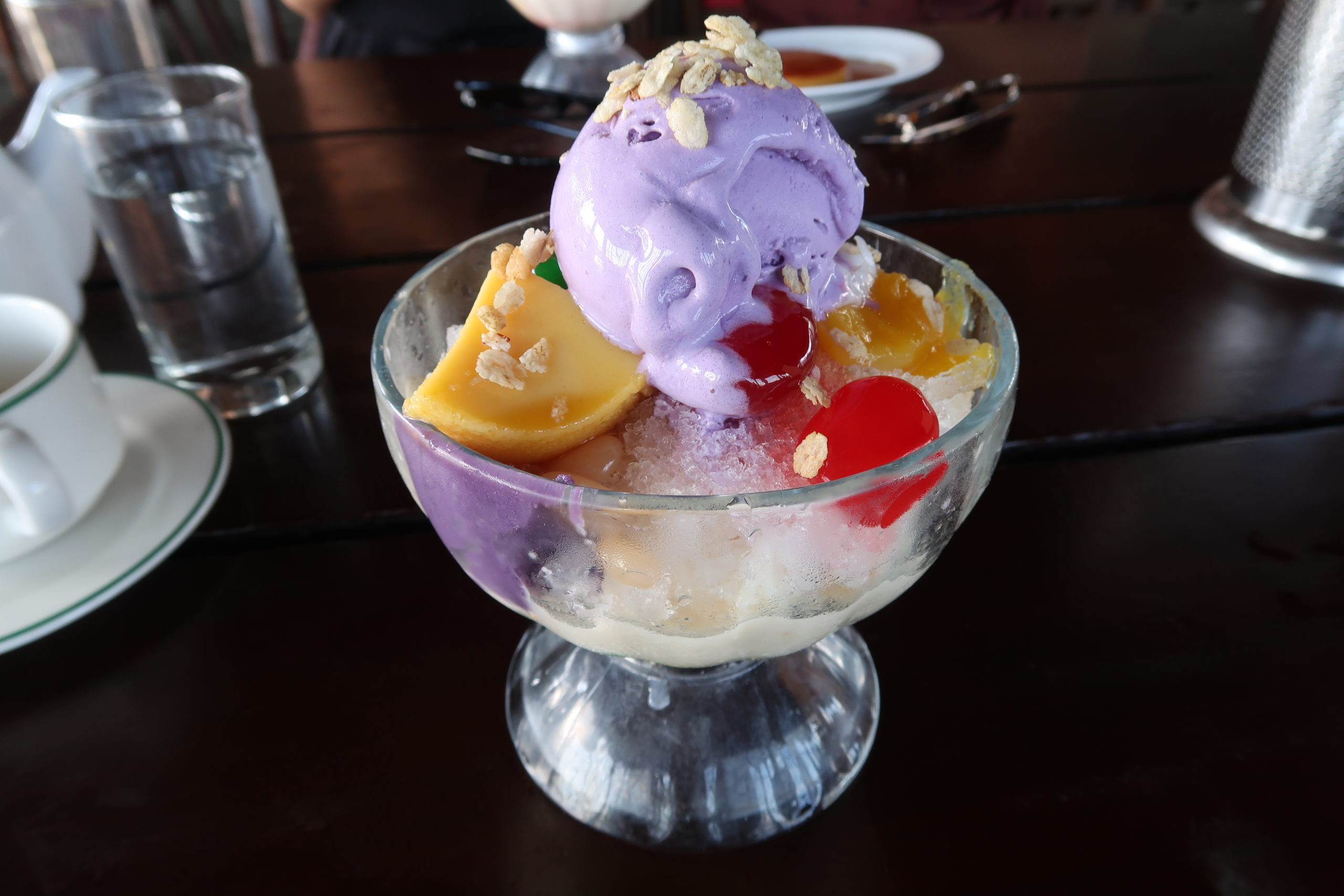
The History of the Philippines in a Cold, Sweet Bowl.
They say you can taste a country’s culture in their dishes. That could not be truer than in a cold bowl of the Philippine halo halo. Read about the halo halo history and how it truly speaks of the country’s origins and influences.
Halo Halo History
What is Halo Halo?
Halo halo is perhaps the most iconic dessert in the Philippines with its colorful presentation of shaved ice, milk, fruits, nuts, beans, gelatins, and more. In fact, the basic list of toppings includes red beans, coconut, jackfruit, banana, ube paste, ube ice cream, leche flan, and toasted rice. Once served, admired, and photographed, it’s time to halo halo – mix mix!
Origins & Influences
Shortly after the Spanish rule over the country ended, Americans came in and took charge. In 1902, they constructed Manila’s Insular Ice Plant which introduced ice and frozen storage to the country. Around that same time, Japanese immigrants were able to make and enjoy their kakigori by topping shaved ice with local sweetened beans called monggo with sugar and milk.
This kakigori variation slowly adapted to make this cold dessert truly Filipino using all its past influences mixed together. Japanese sweet beans, Spain’s (or Mexico’s, really) leche flan, and American ice. Add in local color and flavors from fruits. Halo halo, or mix mix, and you’ve blended together the Filipino culture.
Sign up for my newsletter on the sidebar for blog updates and my travel insider tips! And, check out my vlogs on YouTube!


